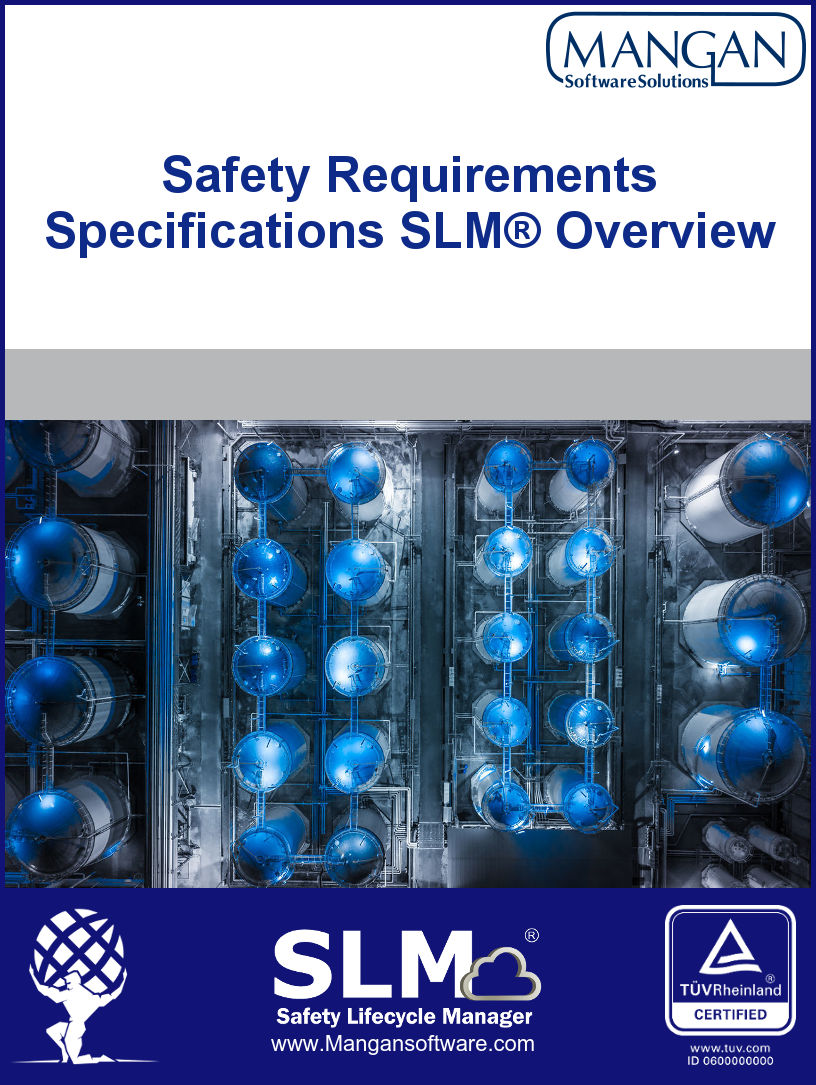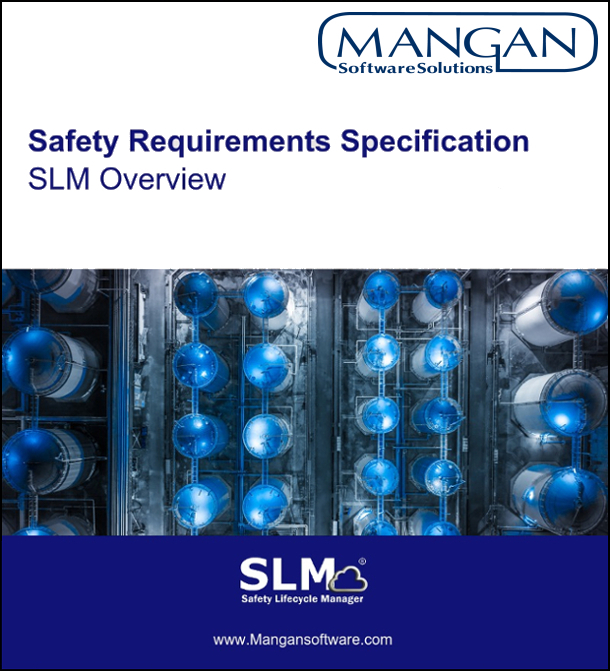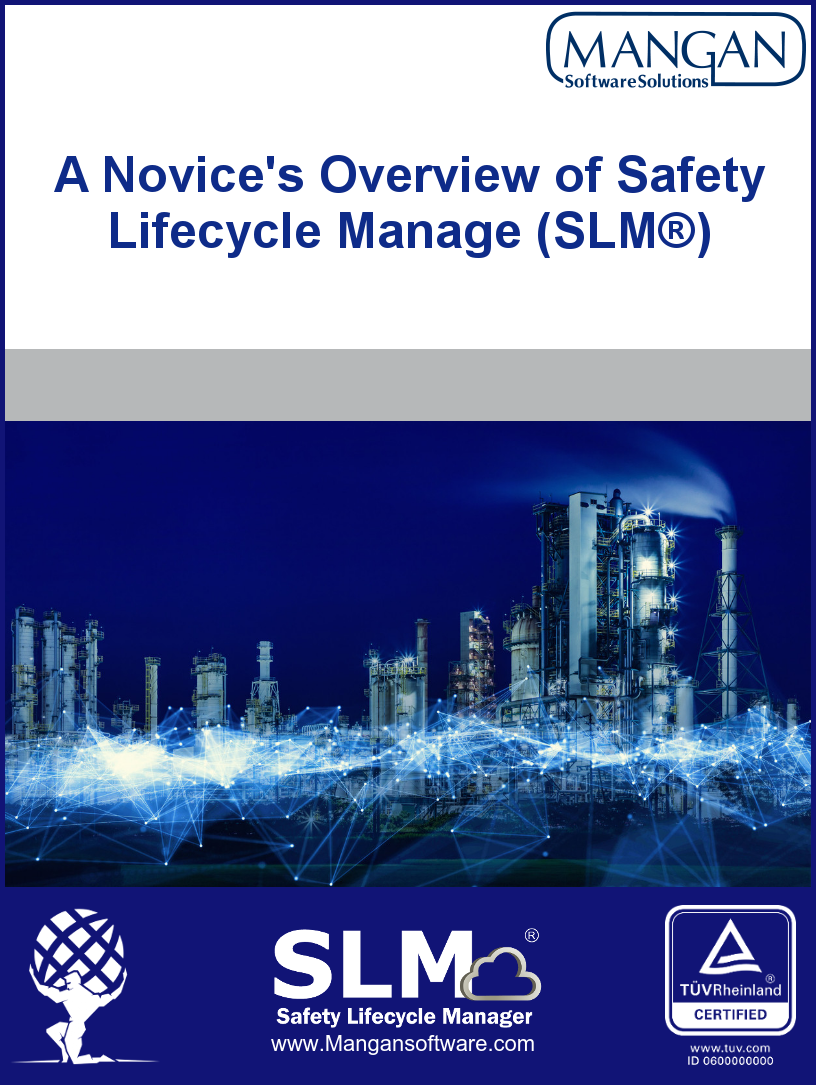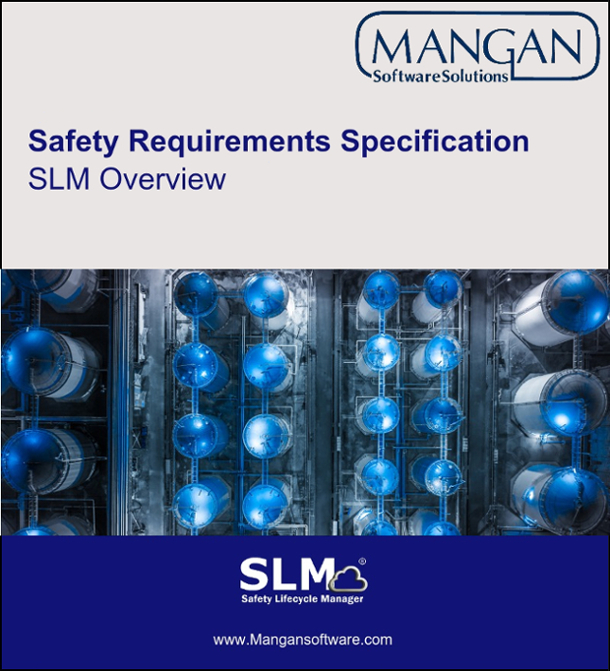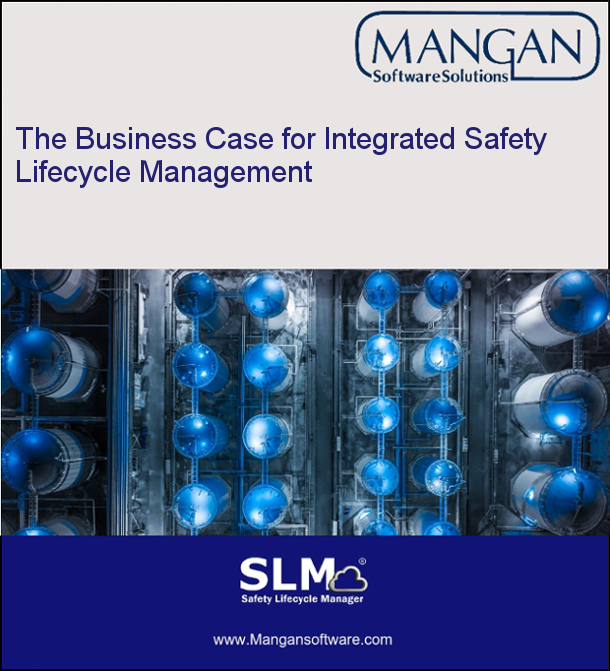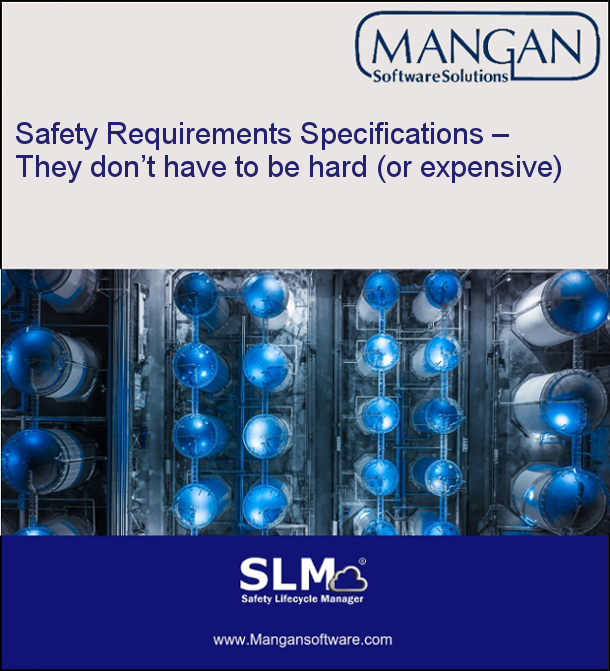The Business Case for Integrated Safety Lifecycle Management
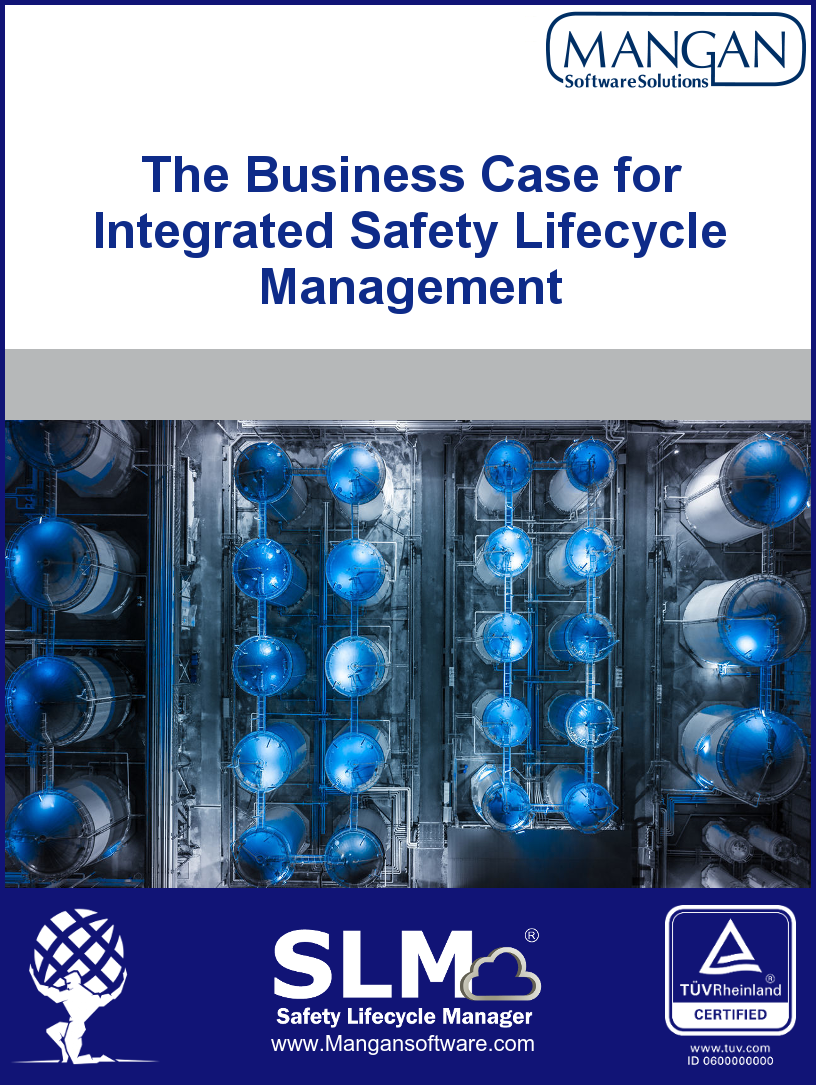
Safety Lifecycle Management roles and functions cross multiple organizational boundaries and require active and continual sharing of data that often does not occur in traditional process facilities. This paper discusses the business reasons for adoption of an integrated Safety Lifecycle Management program. Among the topics discussed are management perceptions relative to Safety Lifecycle Management, obstacles that exist in traditional approaches and how compliance with National and Industry Standards and efficient management of the Safety Lifecycle are good business practices.
Please complete the form below and you will be redirected to your download.
